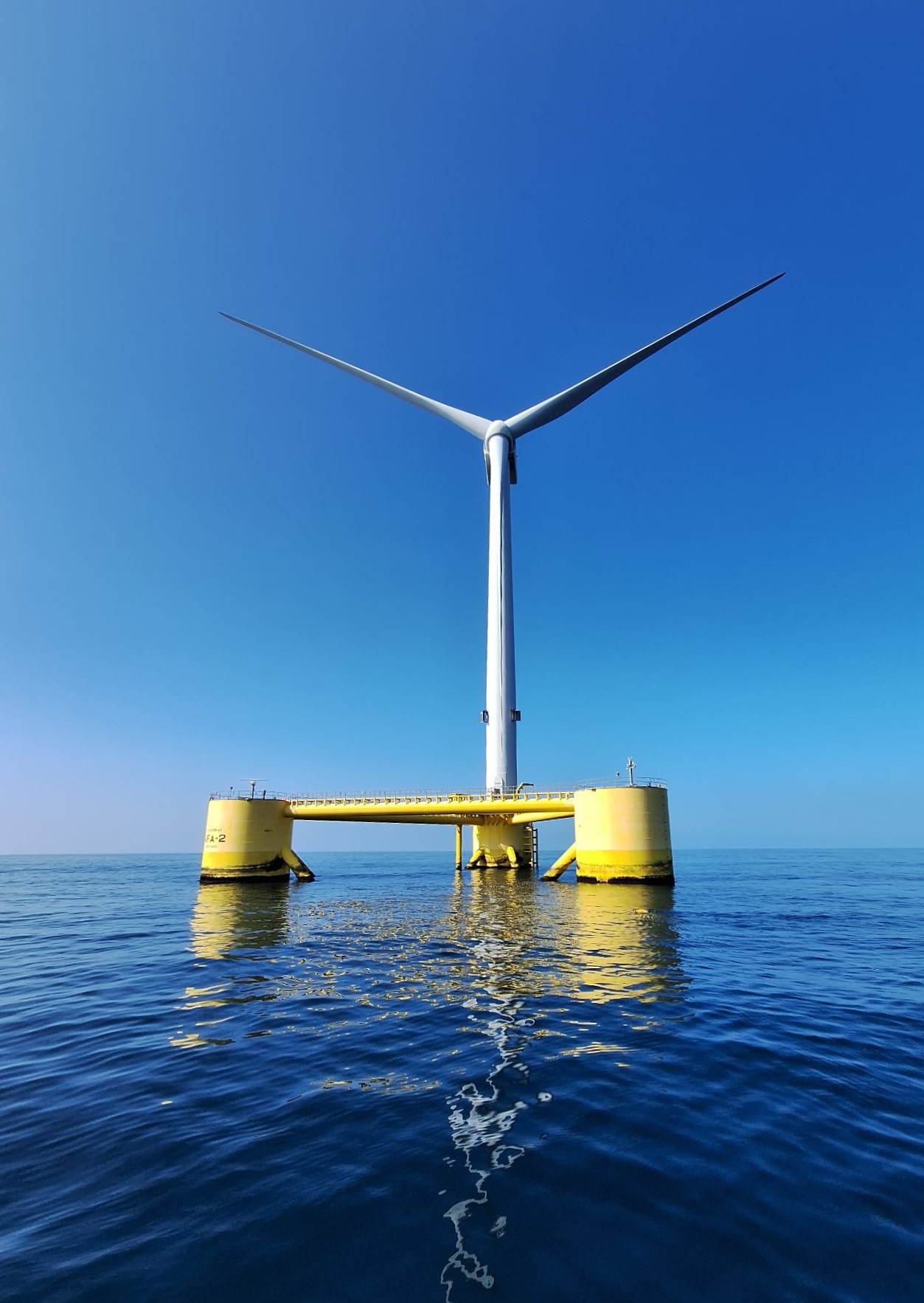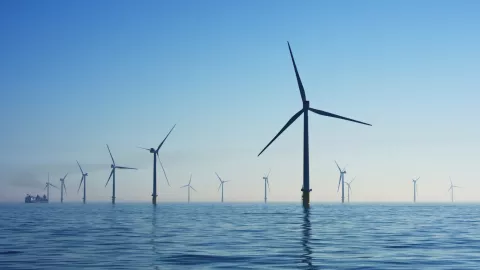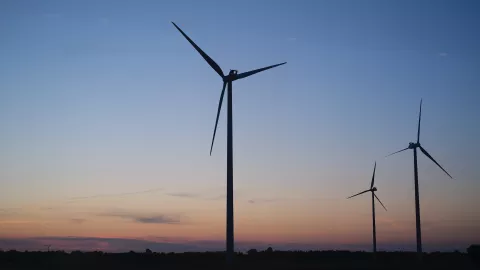Offshore wind energy stands as a beacon of hope in the quest for sustainable energy solutions, offering a significant opportunity to meet the world's escalating demand for electricity.
With an estimated 420,000 TWh/year of offshore wind energy potential worldwide (or 6,000 TWh/year of offshore wind energy in Europe alone), offshore wind farms (OWF) can power millions of homes and businesses with clean, renewable electricity.
Traditionally, OWF has relied on bottom-fixed turbines, which have proven successful in shallow waters but are limited by geographical constraints and water depth. However, recent breakthroughs in floating offshore wind (FOW) technology have shattered these barriers. As of 2023, Europe boasts over 32 GW of installed offshore wind capacity, predominantly from bottom-fixed turbines. Yet, the potential for FOW is immense, with only a fraction of Europe's offshore wind capacity currently utilizing floating technology. By 2030, floating offshore wind capacity in Europe alone is targeting reaching 10 GW.

Courtesy image by: Ocean Winds
One pivotal advancement in this field was the deployment of WindFloat Atlantic (WFA), the world's first semi-submersible floating wind farm. Developed by Ocean Winds, a joint venture between EDPR and ENGIE, WFA became operational off the coast of Portugal in 2019, showcasing the potential of FOW technology.
Ocean Winds has been instrumental in driving offshore wind development. In addition to WFA, OW is developing several other offshore wind projects, including the Moray West Offshore Wind Farm in Scotland and the Mayflower Wind project offshore Massachusetts. OW’s total gross capacity reaches 16.6 GW.
The importance of R&D cannot be overstated in advancing offshore wind technology. Recent innovations have expanded the possibilities for offshore wind development, including hybridization with renewable energy sources such as wave energy and floating solar PV.
Projects like the WFA or PivotBuoy, which demonstrated innovative floating structure for offshore wind energy production, are vital for overcoming technical challenges and maximizing efficiency. Additionally, initiatives like the EU-SCORES project, which aims to demonstrate two hybridisations of offshore wind play a crucial role in the pioneering development of financed hybrid offshore wind farms across Europe.
With ongoing technological innovation and increasing investment, offshore wind is poised to emerge as a dominant force in the global energy landscape, providing clean, reliable, and affordable electricity for future generations.

